Posts by Katarina Rudela
By: Katarina Rudela | 07 July, 2023
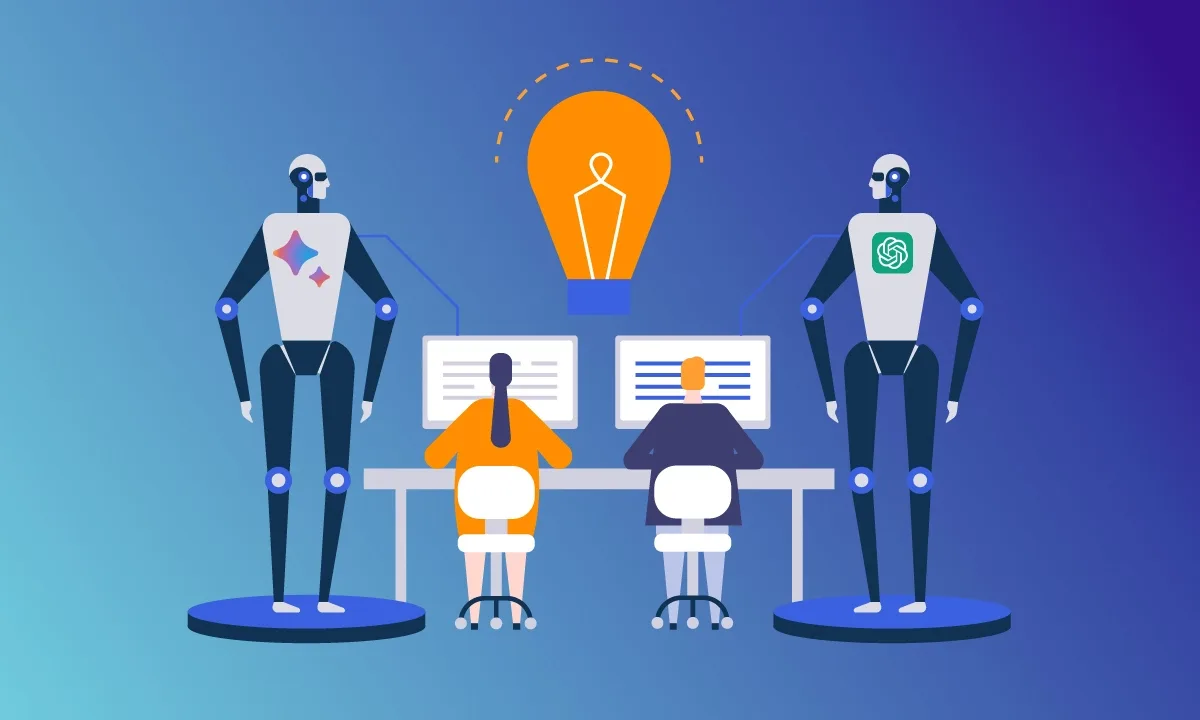
Artificial Intelligence (AI) technology is developing rapidly, especially for chatbots. The most advanced examples of this type of software include OpenAI’s Chat Generative Pre-trained Transformer (ChatGPT) and Google’s Bard, although they differ greatly in their approaches to making chatbots sound more human. These two solutions are shaping up to be direct competitors in this sector, and the winner is likely to determine the course of advancement in this area for the foreseeable future.
Read MoreBy: Katarina Rudela | 02 May, 2023
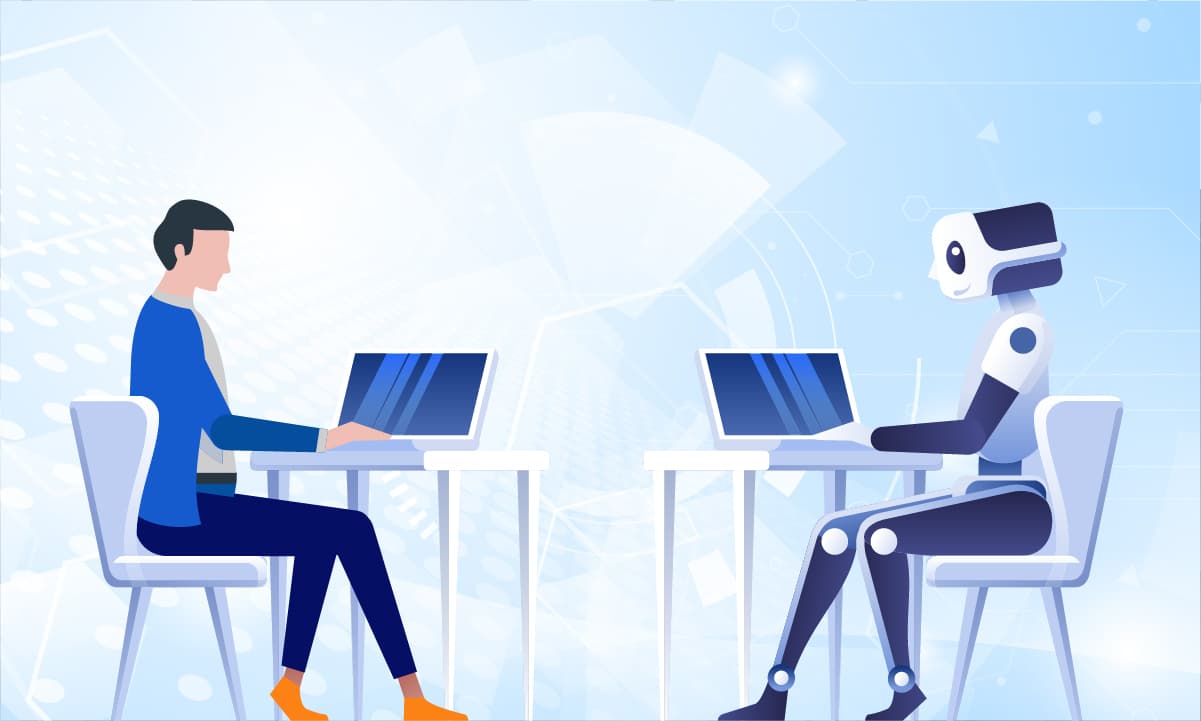
ChatGPT is a chatbot developed by OpenAI and largely financed by Microsoft. It was launched as a prototype in late 2022 and quickly gained attention for its ability to create detailed, articulate responses to questions in many bodies of knowledge. OpenAI timed the release of ChatGPT to preempt Google’s release of Bard, as industry analysts expect the two chatbots to compete for market dominance in this space.
Read MoreBy: Katarina Rudela | 07 February, 2023

With cyber security an increasingly common concern for millions of people, developing software that features robust security measures built-in is essential for delivering confidence to the end user. Find out how security and DevOps are reshaping software development to meet these new challenges.
Read MoreBy: Katarina Rudela | 31 January, 2023

Custom mobile apps are essential for businesses to connect with customers and reach their target audience. Find out how custom mobile apps can be used to increase your ROI and foster a loyal and fully engaged customer base.
Read MoreBy: Katarina Rudela | 27 December, 2022

Many possible approaches to software testing exist, based on their components and the emphasis given to each one. These approaches often have names based on the shape of their graphical representation, such as pyramid testing. This method has been in common use for decades, but a variation known as the trophy is a more recent development. Today’s testing teams often compare pyramid testing with trophy testing when deciding how to test software.
Read MoreBy: Katarina Rudela | 16 December, 2022
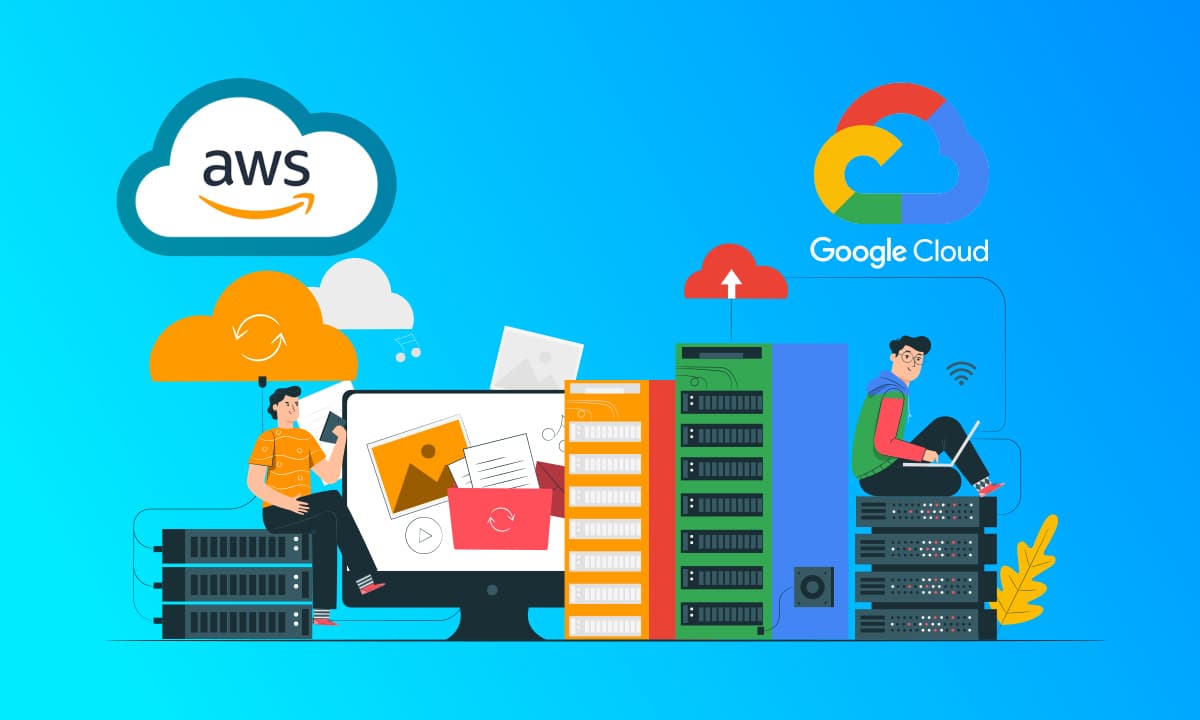
Cloud computing provides a number of advantages, including cost reduction, scalability and security. However, the decisions needed to make this transition continue to become more complex as additional providers enter this sector. Emerging technologies also increase the combinations of components that may comprise a cloud infrastructure. Like other industries, a few companies like Amazon Web Services (AWS) and Google Cloud Platform (GCP) have risen to the top and remained there over time.
Read MoreBy: Katarina Rudela | 29 November, 2022
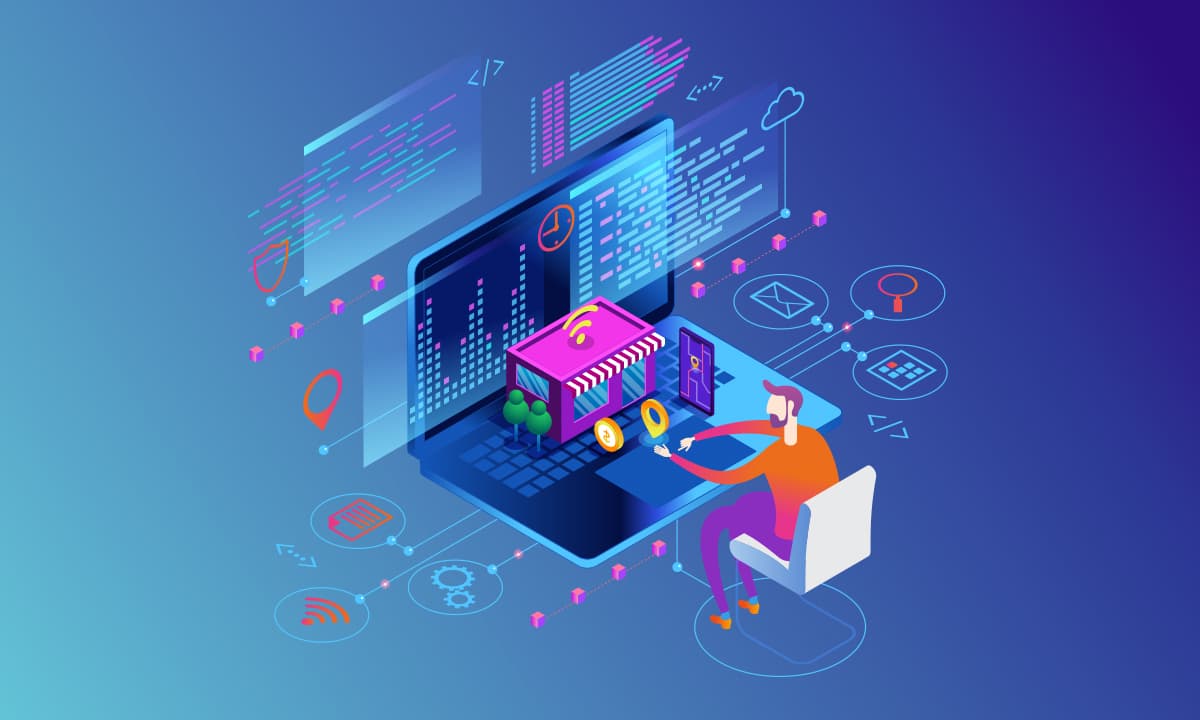
All modern businesses use software to some extent, even when it isn’t a core component of their operations. However, the importance of software generally increases as a company grows, often reaching a critical point when commercial off-the-shelf (COTS) is no longer adequate. In these cases, a business may need to invest in developing software to fill gaps in its current capabilities, whether it’s to add new features or fix existing ones.
Read MoreBy: Katarina Rudela | 25 October, 2022

Data migration is often a process full of complexities and hassles. In order to help you migrate your organization's data to the cloud in the most efficient and secure way possible, we'll take a look at the data migration strategies and tools that you will want to employ as well as the data migration risks that need to be mitigated. Check out our latest blog to learn more about the strategies, tools, and risks you need to be aware of heading into your next data migration project.
Read MoreBy: Katarina Rudela | 04 October, 2022
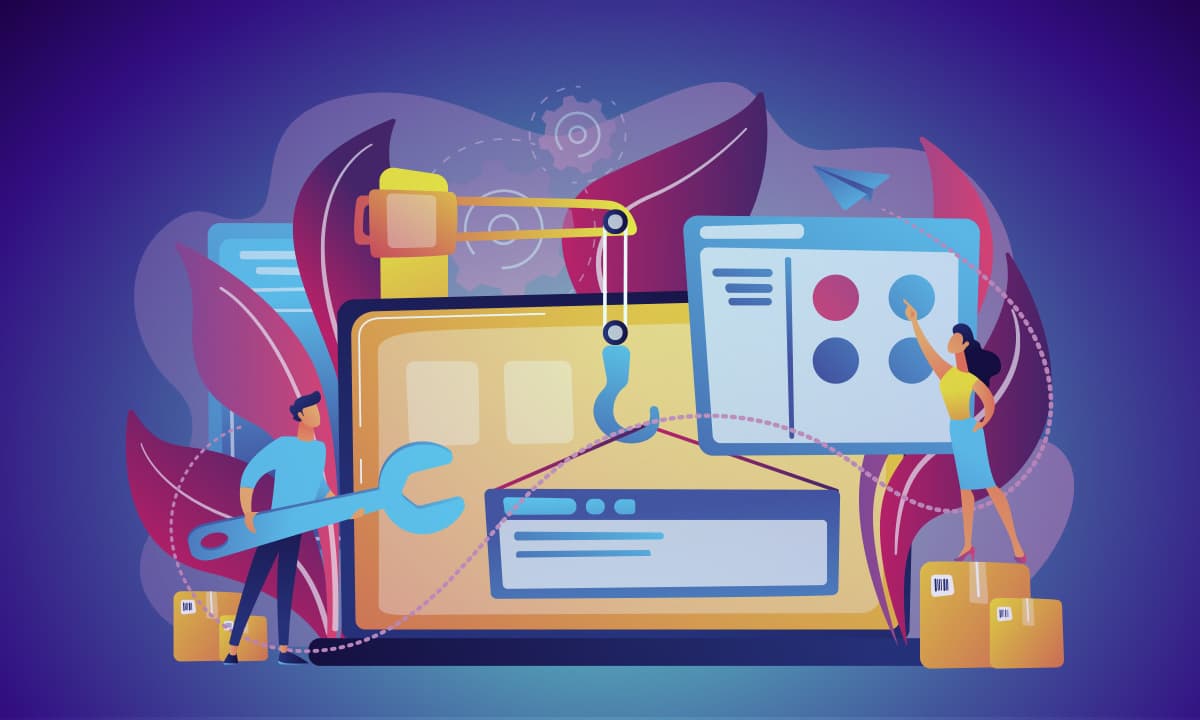
Software development is evolving rapidly, with rapid innovation being a dominant trend. The increasing rate of technological advances and market competition have combined to create an environment in which adapting quickly to change is essential for survival. In particular, prototyping has become the standard approach to software development for many developers, although other methods still exist. Prototyping is especially helpful for applications where user requirements change during development.
Read MoreBy: Katarina Rudela | 08 September, 2022

Modern businesses frequently find they need new software to remain competitive, especially in crowded markets driven by rapidly advancing technology. The decision to implement software often comes down to a choice between custom and commercial-off-the-shelf software. Custom software has a higher up-front cost, but its maintenance costs are often lower since it probably won’t require as many changes going forward. Organizations making this decision must also consider the longer implementation time of custom software.
Read MoreBy: Katarina Rudela | 12 August, 2022

Behind every well-polished and perfectly-functioning software program is a rigorous quality assurance process designed to iron out all the kinks and ensure that the finished product is one that its users will love. However, implementing an effective quality assurance process throughout the development of your application or software solution is often easier said than done. In this article, we'll explore everything you need to know in order to formulate a quality assurance strategy that will make your next software development project as successful as possible.
Read MoreBy: Katarina Rudela | 28 June, 2022

Environment, health and safety (EHS) software is becoming more common due to the increasing importance of these issues. Many companies have now implemented this type of software, even those that don’t specialize in EHS. For those that do, tightening regulations and emerging technologies often mean that an organization benefits from custom-built EHS software. These solutions include a range of capabilities, depending on the user’s specific requirements.
Read MoreBy: Katarina Rudela | 29 April, 2022

Continuous delivery is a software development practice that offers a wide range of benefits, from faster times to market to lower costs to higher quality products. However, continuous delivery is also a practice that entails a number of hurdles that must be overcome. To help you overcome these hurdles in order to enjoy the many benefits offered by the continuous delivery approach, we'll cover everything you need to know about continuous delivery, including what it is, how it works, and the important pros and cons to consider before you decide if continuous delivery is the right approach for your next software development project.
Read MoreBy: Katarina Rudela | 25 March, 2022
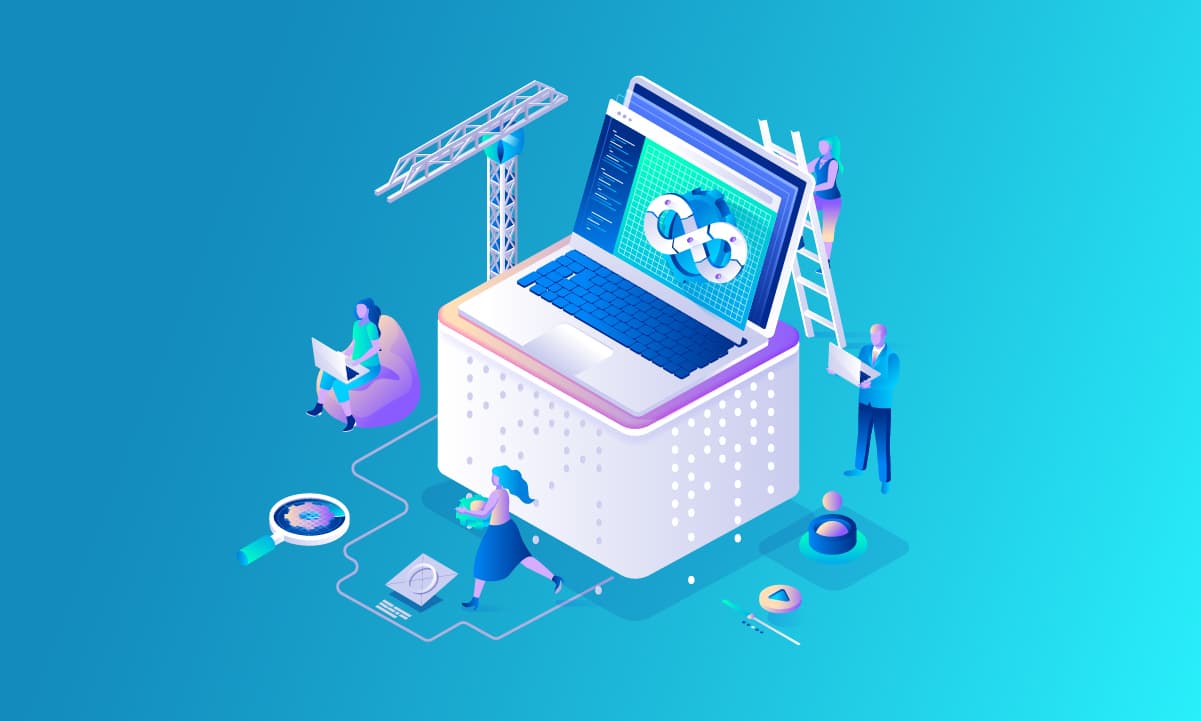
The benefits of DevOps for modern software development include faster delivery, better quality, and greater customer satisfaction. The COVID-19 pandemic has further accelerated the adoption of this development methodology due to the increased need for remote collaboration. A range of DevOps trends will dominate this landscape in 2022.
Read MoreBy: Katarina Rudela | 28 February, 2022

There are several factors to consider when planning and implementing a great user experience for your application or website. In this article we examine in more detail the types of user experience to consider, how this plays a pivotal role in the development of software, the costs, return on investment, and best practices associated with the successful implementation of UX/UI for your next project.
Read MoreBy: Katarina Rudela | 08 February, 2022
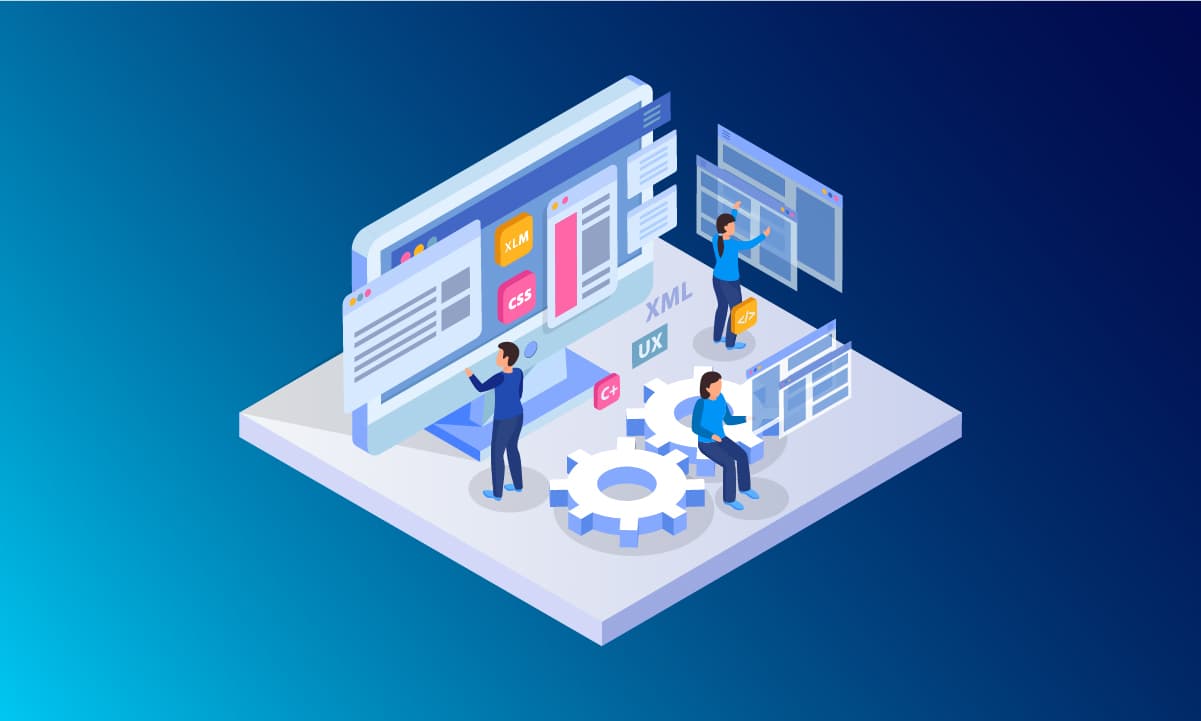
There was a time not too long ago when any company needing an enterprise software application was required to build their own solution from the ground up. We've come a long way in recent years, though, with software-as-a-service (SaaS) applications making it increasingly easier for companies of all sizes to acquire the software solutions they need without being required to build those solutions themselves. Perhaps the most significant advance in the world of custom software development, though, is the rapidly rising popularity of low code/ no code development.
Read MoreBy: Katarina Rudela | 20 January, 2022

Modern software development is usually a complex process involving many team members with a variety of skill sets besides the ability to write code. This team’s structure is therefore a key component in a development project’s long-term success. There is no one-size-fits-all structure that works for all projects, but assembling an effective team usually involves more than simply finding a group of experienced developers.
Read MoreBy: Katarina Rudela | 05 January, 2022
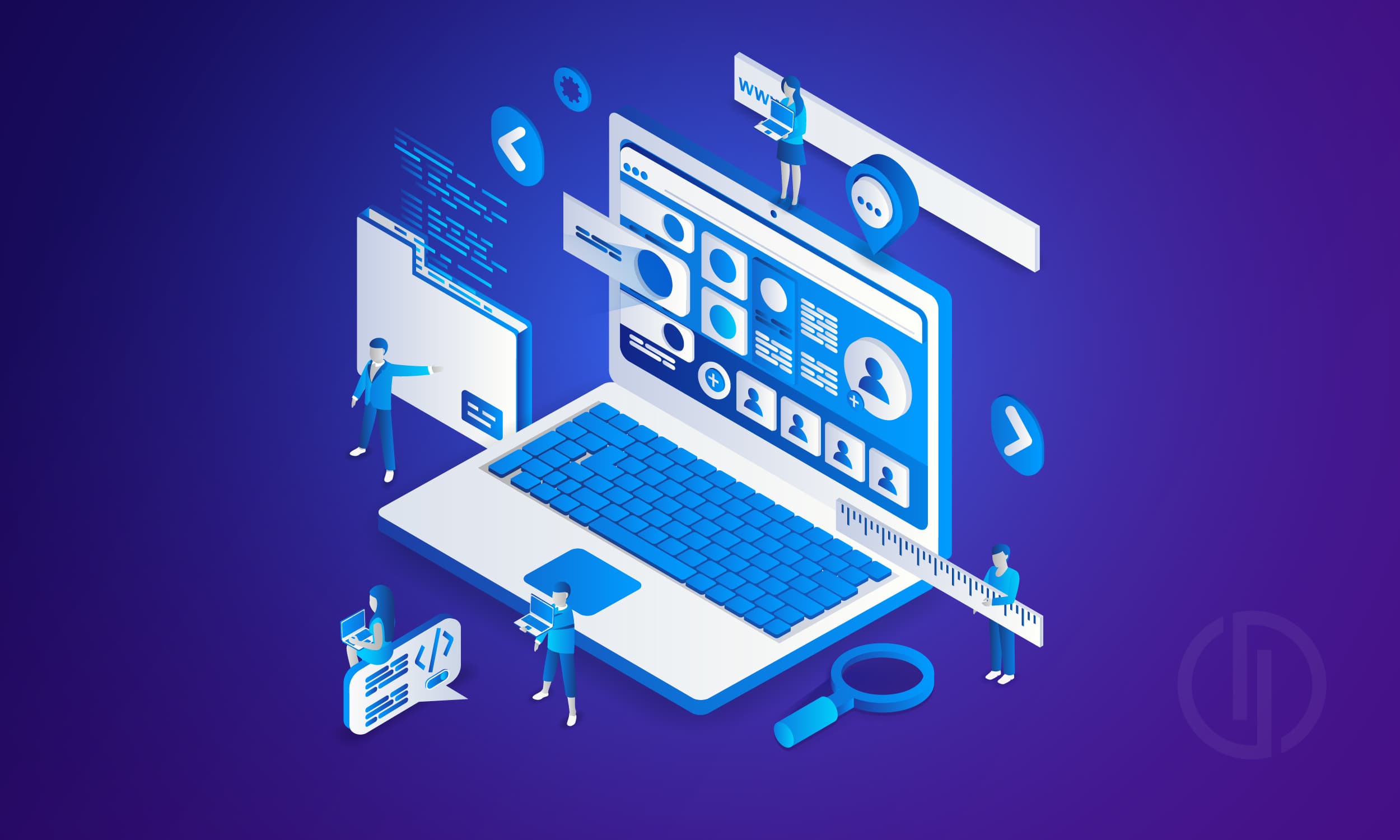
Our latest post covers trends in software development for 2022. The rapid rate of change makes it more challenging to predict trends in this space than other sectors, especially when you consider the changes that occurred this year. However, some basic tendencies will serve as the basis of change for the next year. These trends derive from both technological advances and socioeconomic changes, many of which are the result of the COVID-19 pandemic that began sweeping the globe in 2020. Some of the most significant software development trends to watch for in 2022 include cloud technology and big data security.
Read MoreBy: Katarina Rudela | 22 December, 2021

AI tools and technologies are having a major impact on numerous areas of the software development process. To learn more about the various ways that AI is poised to empower software developers heading into 2022, be sure to check out our latest blog article.
Read MoreBy: Katarina Rudela | 16 December, 2021

Are you using Amazon Web Services for your company's digital assets? If you are, it's important that you consider what kind of certifications you, your employees or your contractors have when interacting with those services. Discover how an AWS certification can make a huge difference in your company's bottom line.
Read MoreBy: Katarina Rudela | 02 December, 2021
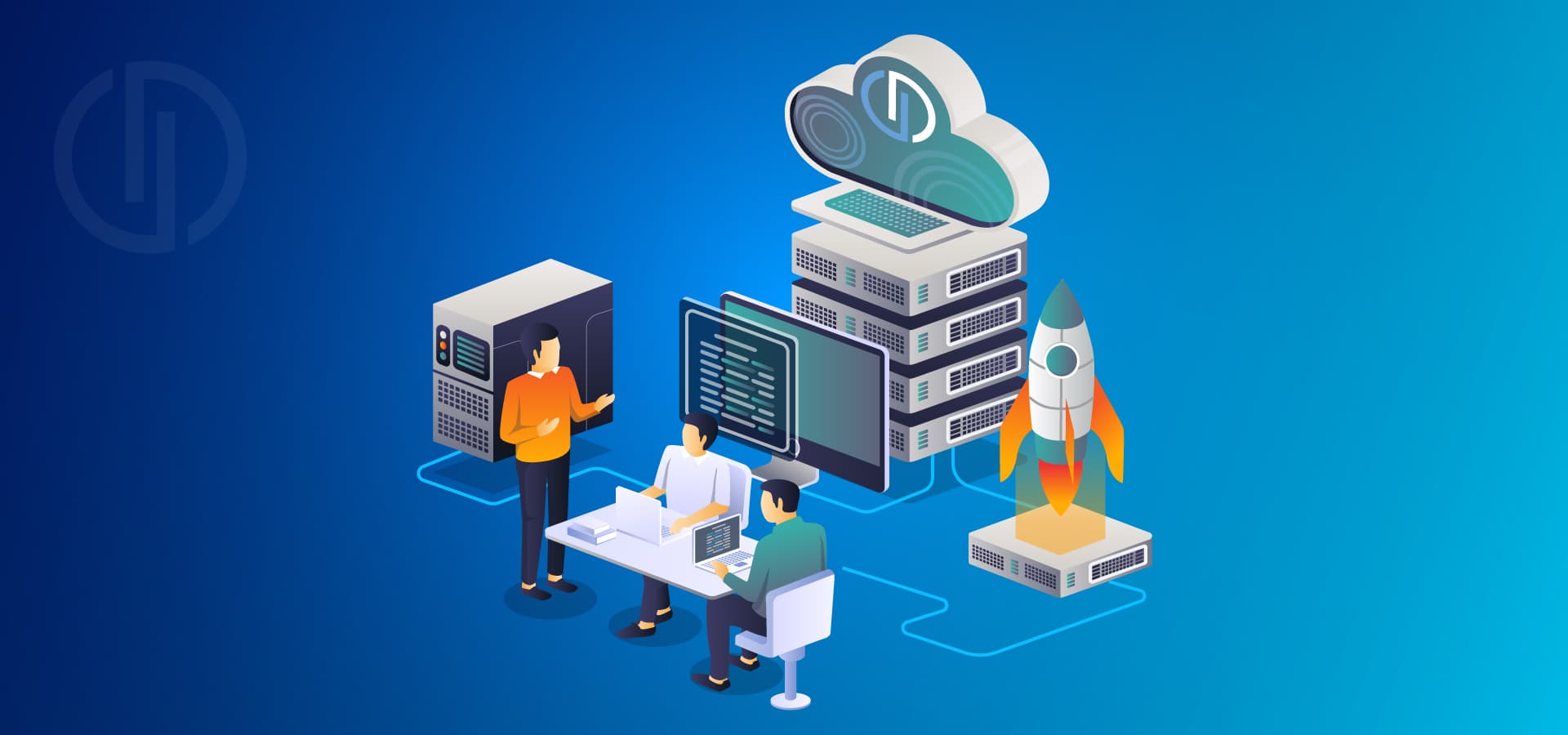
This article discusses progressive web applications (PWA), which is the latest method of delivering apps to website visitors. It also compares PWAs with traditional native apps, providing readers with the most important points to consider when choosing between these two approaches.
Read MoreBy: Katarina Rudela | 17 November, 2021

Our latest discusses the role of a senior software developer. It covers a variety of industries and development environments in which software engineers design, build, maintain and test software. It also discusses the differences between junior and senior developers in great detail, including changes in focus, skills and responsibility. The increased requirement for soft skills is particularly noticeable as a software developer’s responsibility over projects rather than specific tasks. The compensation and overall employment outlook is also highly dependent upon a developer’s experience and skillsets.
Read MoreBy: Katarina Rudela | 05 November, 2021

There are many applications available on the market and one or more may be ideal for your business. However, no single out-of-the-box solution will meet every possible scenario or offer the flexibility necessary to maintain a competitive edge and scale according to internal goals. For many large organizations, building a custom solution is the perfect solution. In our latest post, we dive into the latest trends in enterprise software, what to look for in your solutions, and how automation can help streamline your workflow.
Read MoreBy: Katarina Rudela | 26 October, 2021

HCI is an increasingly important feature of IT infrastructure because it allows administrators to manage many systems as a single, shared resource. However, traditional solutions like VMWare can be very expensive, even for enterprise software. Our post on Harvester discusses how this open source solution has the power to disrupt the HCI space through its lower cost and other benefits. It also covers Harvester’s ease of implementation.
Read MoreBy: Katarina Rudela | 19 October, 2021
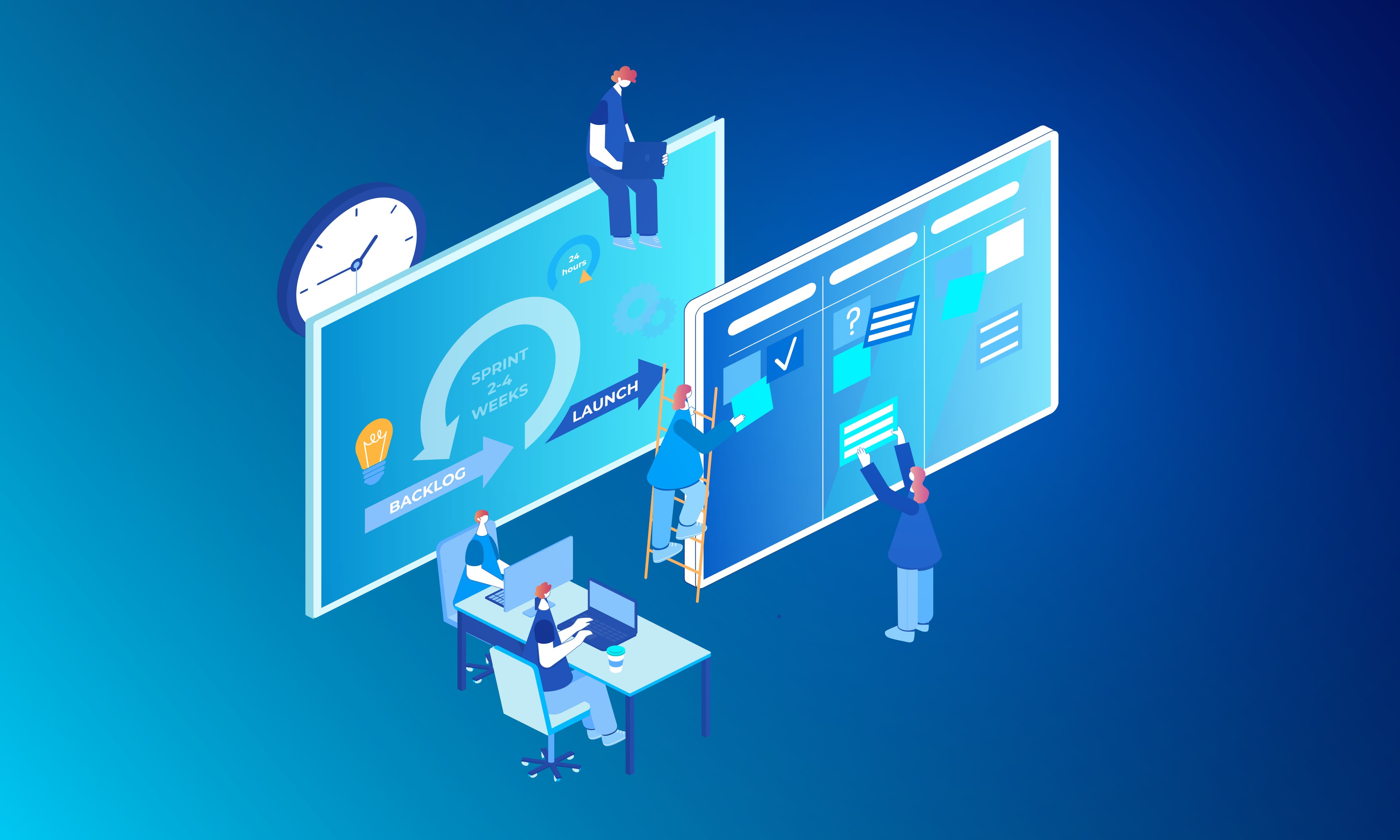
A software development backlog describes the product’s future, but it often becomes overloaded. This tendency can delay a product’s time to market and reduce its quality. Restoration of the backlog can be a key requirement for getting a project back on track and fostering the innovation that’s so important for successful software development. This post explains the importance of the backlog and how it affects software development. It also discusses how to prevent the backlog from becoming overloaded, which is essential for maintaining a productive development environment.
Read MoreBy: Katarina Rudela | 05 October, 2021

Building the right architecture for your software application is challenging. How do you make a resilient infrastructure while keeping it secure and sustainable? How do you get visibility through a cloud deployment? At its core, software architecture is the unifying framework of a piece of software. It details how the logical and physical components of a system interact. In other words, software architecture is the blueprint for designing and developing a software solution. Learn what software architecture should look like in 2021.
Read MoreBy: Katarina Rudela | 29 September, 2021
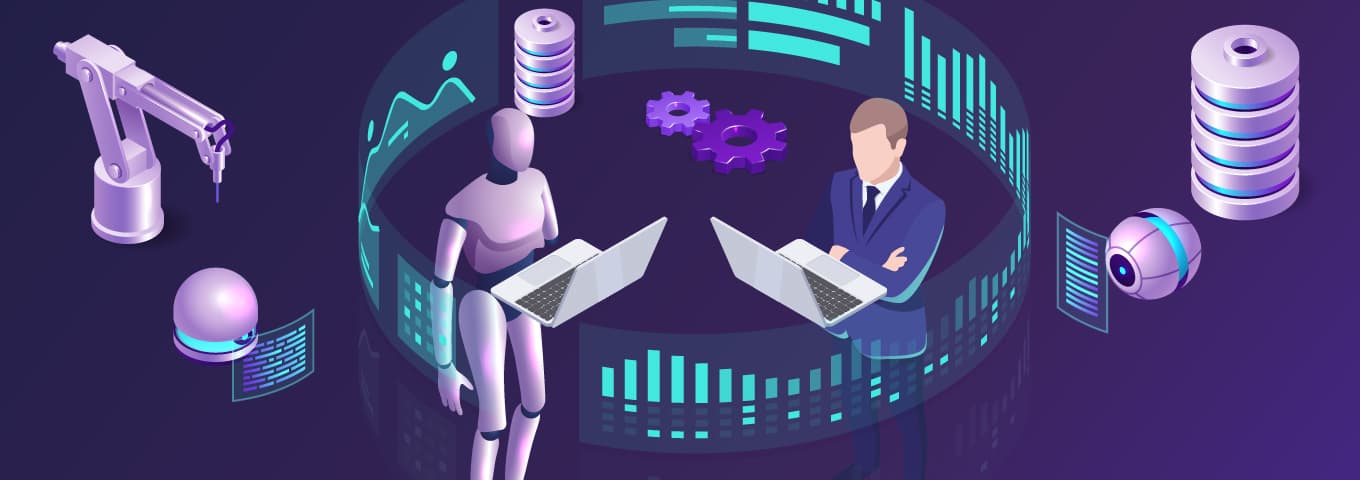
Software development increasingly involves a range of testing processes to meet compliance standards while satisfying the expectations of the client and end user. Security protocols, performance, and the overall quality of the product all rely on continual and varied testing processes in order to identify bugs and deliver solutions. Discover everything you need to know about automated testing and manual testing in this comprehensive guide.
Read MoreBy: Katarina Rudela | 16 September, 2021

Effective SaaS security is a vital concern for any company that employs SaaS applications. To help business managers keep their company's sensitive data secure, we've developed a guide that covers everything you need to know about how to mitigate the various security risks posed by the SaaS model. In this article, we explore the security risks that are present in the SaaS model as well as the steps that business managers can take in order to ensure that the SaaS solutions that they employ are as secure as possible.
Read MoreBy: Katarina Rudela | 07 September, 2021
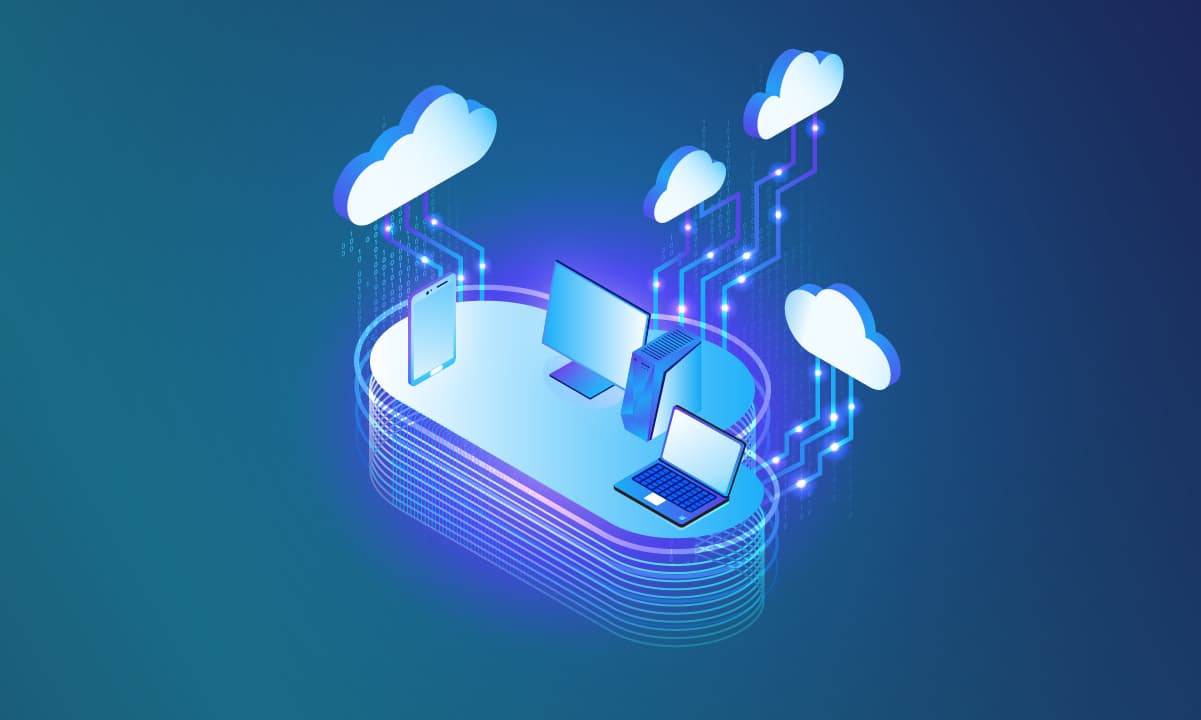
Organizations of all sizes now use ERP solutions to manage their business processes, although there is still debate about the best way to implement them. The transition from an on-premise to a cloud ERP platform provides many benefits, especially for a growing business that needs to drive business growth by scaling its operations quickly. The primary advantages of cloud ERP for most organizations include the cost reduction, improved access and greater efficiency.
Read MoreBy: Katarina Rudela | 31 August, 2021

A quick search on the differences between transactional email and traditional marketing email shows that the distinction between the two is often blurred. This is especially true when it comes to the regulatory requirements for these types of email, which vary greatly between countries. Transactional email generally has fewer restrictions on its use, providing more uses cases and opportunities for increasing revenue. This type of email also has its own set of applications and best practices.
Read MoreBy: Katarina Rudela | 09 August, 2021

This article describes the differences between custom software and off-the-shelf software, primarily for the purpose of an organization selecting their software acquisition path. Understanding the differences between custom and commercial off-the-shelf software (COTS) is the first step in deciding on the option that meets your organization’s software requirement. The distinction between these two types is becoming blurred as today’s businesses continue to combine the two types with increasing frequency.
Read MoreBy: Katarina Rudela | 05 August, 2021
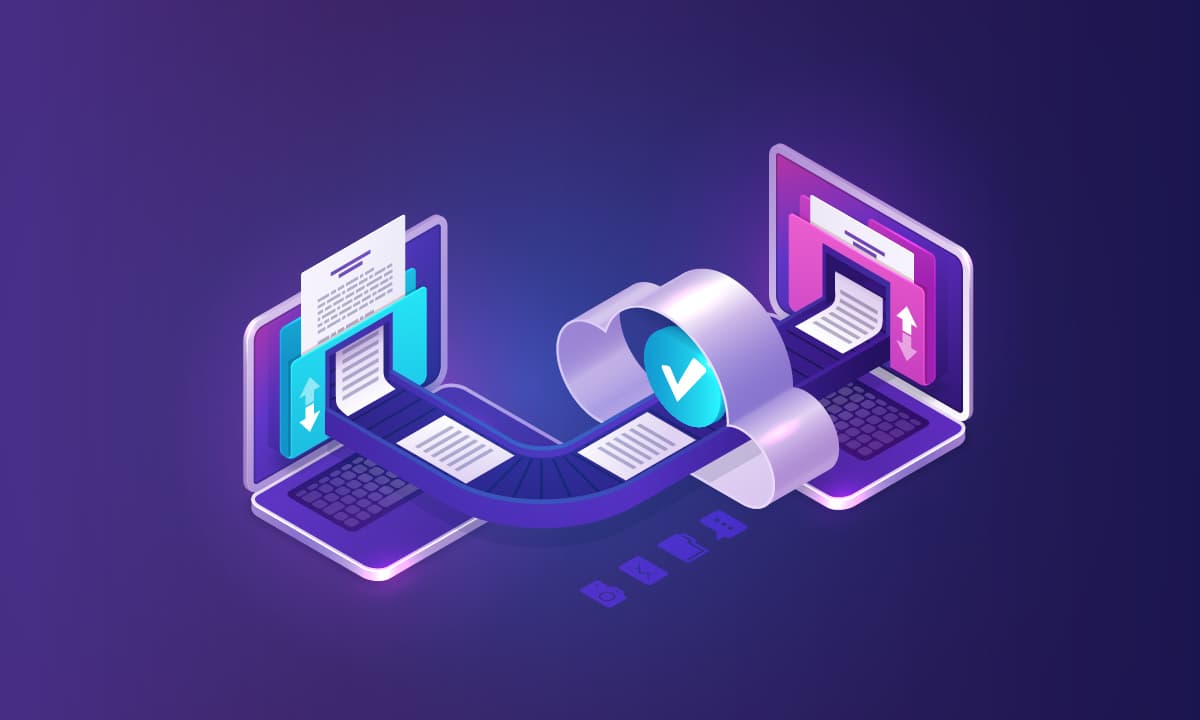
Outsourcing is an approach to software development in which the client organization partners with a third party to develop the software, as opposed to developing it with and in-house team. US companies historically used outsourcing as a means of cutting costs by hiring workers in other countries to perform jobs requiring little skill for low wages. However, outsourcing has evolved since then to include skilled work like software development, such that sustained growth is now the driving factor. Cost saving still remains an important motivation of outsourcing, but it's no longer the only advantage. Software outsourcing strategies fall into three general categories, including on shoring, off shoring and near shoring.
Read More

